All Science
 Physics Nobel Prize: What's the story with neutrinos?
Physics Nobel Prize: What's the story with neutrinos?The Nobel committee has awarded the physics prize to Takaaki Kajita and Arthur B. McDonald for their independent research on the oscillation of neutrinos, the elusive subatomic particles that have been proven to have mass.
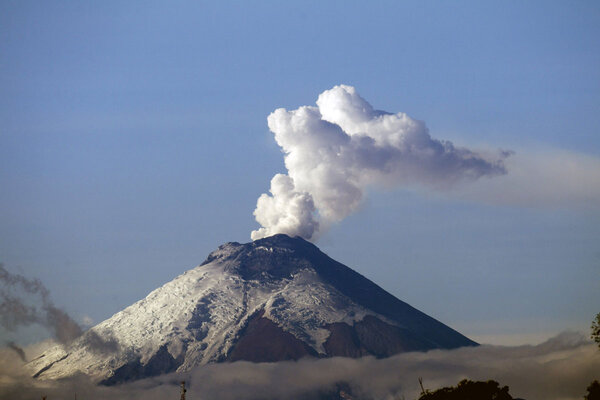 How volcanoes can hurt the world's largest rivers
How volcanoes can hurt the world's largest riversScientists have long known the enormous climatic effects of giant volcanoes, but are only now discovering implications for the world's largest rivers.
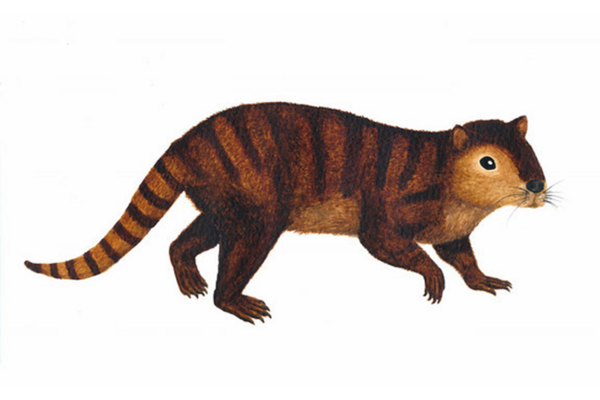 Furry, beaver-like creature thrived after dino-killing asteroid
Furry, beaver-like creature thrived after dino-killing asteroidSome 66 million years ago, after a comet wiped out the nonavian dinosaurs, a large, plant-eating mammal came into its own.
 Physics Nobel Prize awarded to neutrino investigators
Physics Nobel Prize awarded to neutrino investigatorsA Japanese and a Canadian scientist won the 2015 Nobel Prize for Physics on Tuesday for their discovery that neutrinos can oscillate flavors.
 Could 'rewilding' allow crops to fight pests without chemicals?
Could 'rewilding' allow crops to fight pests without chemicals?Wild plants can protect themselves from pests, but scientists think this immune system has been bred out of domesticated crop plants. Now, they're trying to figure out how to bring it back.
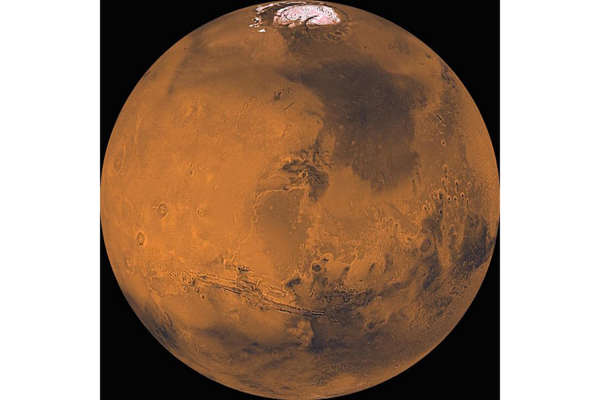 How our view of Mars has changed
How our view of Mars has changedOver centuries of gazing at Mars, research has changed our vision of the planet multiple times.
 Chile establishes largest marine sanctuary. Can it help fight overfishing?
Chile establishes largest marine sanctuary. Can it help fight overfishing?But it is a US proposal for international cooperation to police overfishing that may have the biggest ripple effect at the Our Ocean conference.
- Out-of-place boulders hint at ancient 'megatsunami'
Some 73,000 years ago, a huge tsunami engulfed an island off Africa's west coast, say scientists.
 After three decades, is Chernobyl now a haven for wildlife?
After three decades, is Chernobyl now a haven for wildlife?Nearly 30 years after the Ukraine nuclear disaster that forced thousands of people from their homes researchers find the animals are back - and thriving.
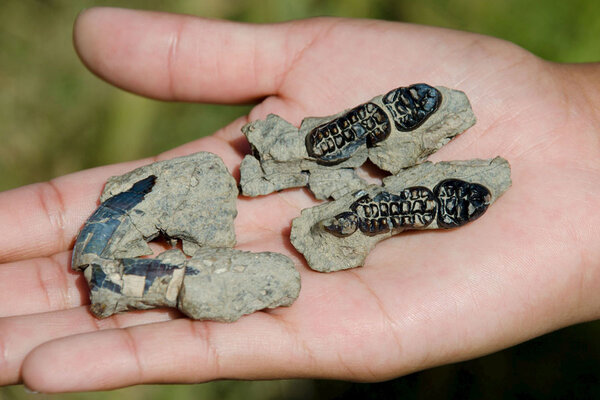 After the dino-killing asteroid, a plucky, post-apocalyptic beaver
After the dino-killing asteroid, a plucky, post-apocalyptic beaverThe a plant-eating mammal Kimbetopsalis simmonsae thrived following the asteroid impact that wiped out the dinosaurs.
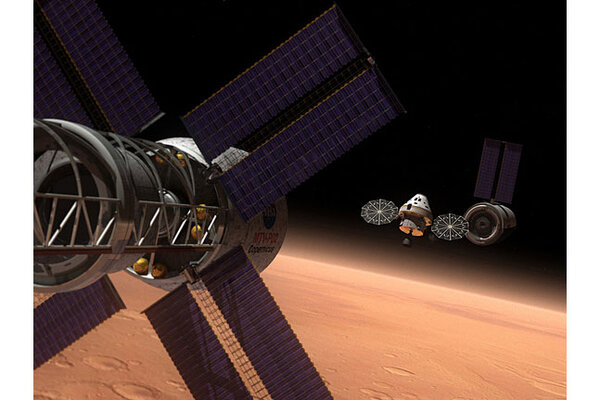 What is NASA's plan for landing humans on Mars?
What is NASA's plan for landing humans on Mars?NASA's main long-term spaceflight goal is to land human astronauts on Mars. What steps is the space agency taking to get there?
 Do we owe our existence to this prehistoric beaver?
Do we owe our existence to this prehistoric beaver?After finding buck-toothed fossils in the New Mexico badlands, researchers suggest a beaver-like species likely thrived after an asteroid wiped out the dinosaurs 66 million years ago.
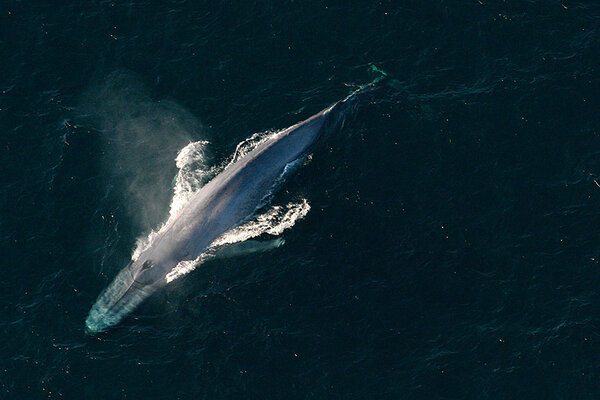 How do blue whales get so big? By being picky eaters, say scientists.
How do blue whales get so big? By being picky eaters, say scientists.A study of blue whales suggests that these giant marine mammals are not the indiscriminate grazers we thought they were.
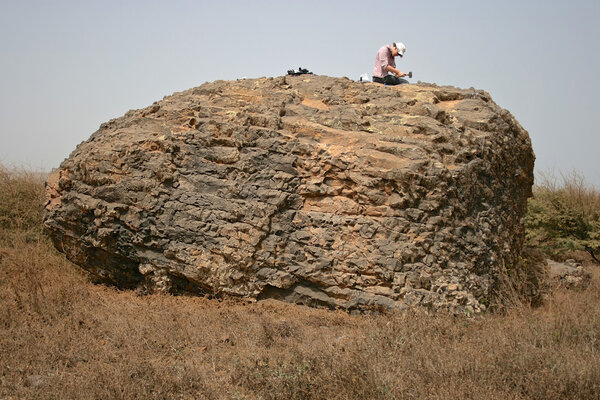 Scientists discover huge tsunami 73,000 years ago. Could it happen again?
Scientists discover huge tsunami 73,000 years ago. Could it happen again?The history of an ancient 'megatsunami' off the coast of Africa may highlight our current problems with tsunami prediction.
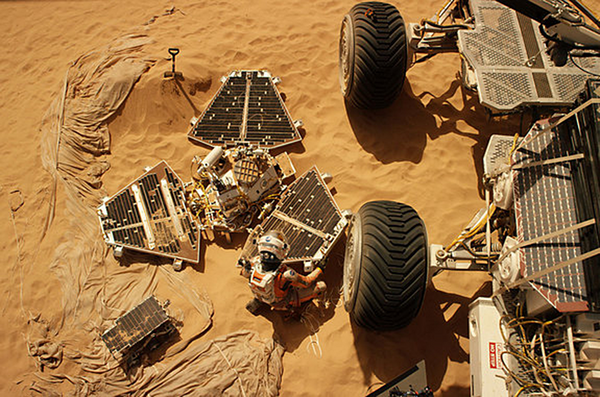 NASA's first Mars lander makes a cameo in 'The Martian'
NASA's first Mars lander makes a cameo in 'The Martian'NASA's first Mars rover, the six-wheeled Sojourner, touched down on Mars on July 4, 1997.
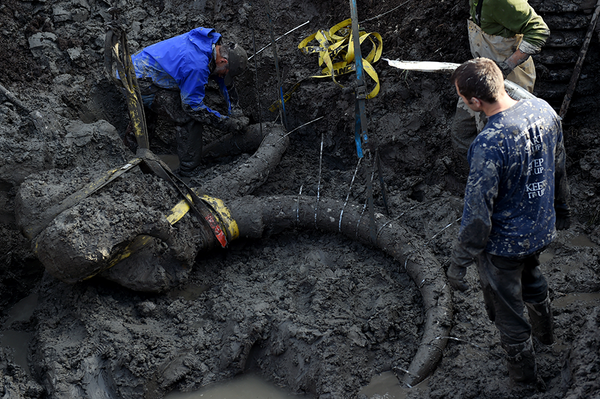 Farmer discovers 15,000-year-old woolly mammoth
Farmer discovers 15,000-year-old woolly mammothPaleontologists say that the mammoth's carcass, discovered in a southern Michigan soybean field, appears to have been butchered and stashed by humans.
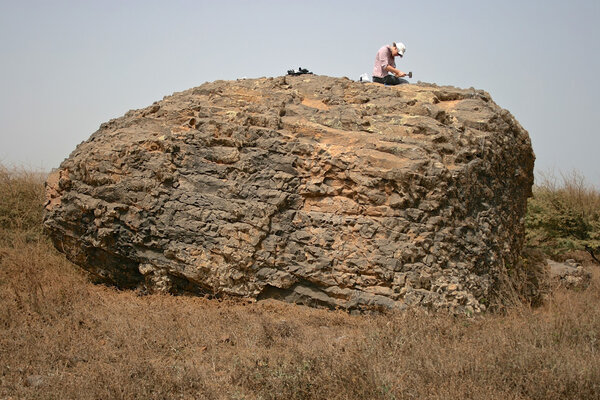 Scientists uncover evidence of prehistoric 'megatsunami'
Scientists uncover evidence of prehistoric 'megatsunami'Researchers have found evidence of an 800-foot wave, caused by the collapse of a volcano in the Cape Verde Islands some 73,000 years ago.
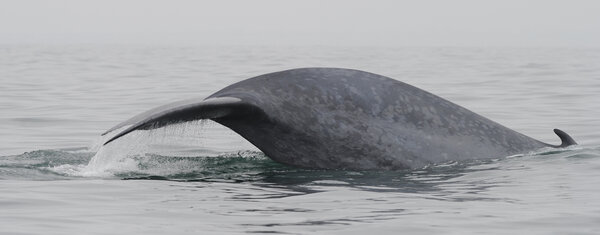 How do blue whales get so humongous? Krill feeding study reveals clues.
How do blue whales get so humongous? Krill feeding study reveals clues.It turns out blue whales aren't the undiscerning diners we thought they were.
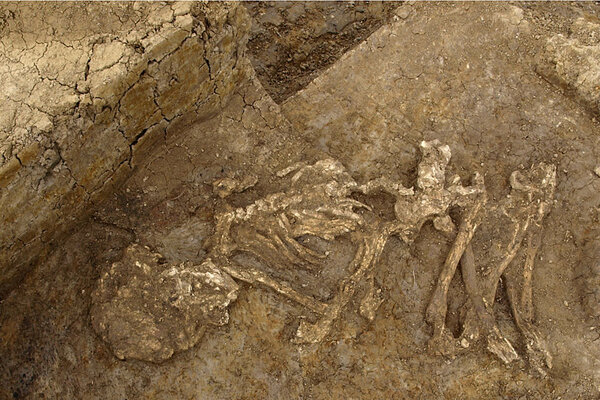 Were Bronze Age Brits making mummies?
Were Bronze Age Brits making mummies?Researchers find evidence of mummification in ancient bones from across Great Britain.
 First LookMichigan farmer reaps surprising harvest – wooly mammoth fossils
First LookMichigan farmer reaps surprising harvest – wooly mammoth fossilsResearchers from the Museum of Paleontology at the University of Michigan believe early hunters may have hunted the mammoth and submerged the butchered meat in a pond for use later.





















